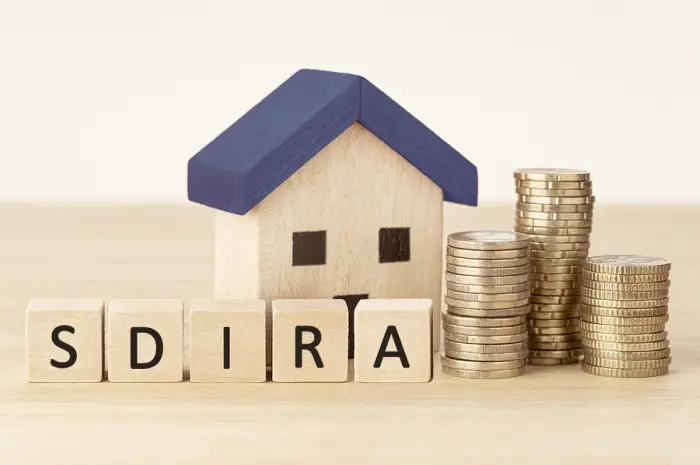The options for creative financing in real estate investment are endless, but some allow the investor more freedom than others. Unless you have that rare kind of personal wealth that allows you to stop off at the bank for a quick withdrawal of $300,000 from your checking account, to go finance a home with cash from your pocket, you are probably accustomed to looking for other people’s money to make your investments.
Banks, hard money lenders, private investors, the government, etc. In all of these cases, you are severely limiting your potential profit margin by committing to repay (with interest) each of these investing parties. That’s something we’d like to avoid.
Chances are, however, you have more than just a checking account at the bank. If you’ve been working, you probably have an IRA (Individual Retirement Account), and who said you have to just let it sit there until you’re 60? A Self-Directed IRA (SDIRA) gives the account holder the opportunity to make investment decisions on behalf of the retirement account. Actually, the SDIRA requires this involvement on the part of the account holder.
Although the IRS has limited some of the transaction types which can be performed using this money (life insurance, real estate for personal use, etc.) pretty much all of the major investments are fair game. The rule of thumb is: profits on investments must be returned to the IRA, not enjoyed for immediate personal use (this explains why you can’t invest your IRA in a home, and then live in it).
The IRS also requires that, although directed by the account holder, transactions must be executed, maintained, and reported by a qualified custodian or trustee, for the duration of the life of the account. This is actually what most SDIRA investors prefer, because it provides a structure that allows them to make all the decisions, not really do any of the “busy work” involved, and reap the benefits in the form of tax-deferred money for retirement.
There are three types of SDIRA’s: Roth, deductible, and nondeductible. Each allows for basically the same practices, but have different behaviors related to taxation. The nondeductible SDIRA is the least appealing of the three, because any contributions you make to the IRA are not deductible (however, the growth of your savings is still tax-free).
This account should only be opened if you don’t qualify for either of the other two. The deductible account allows deductions on contributions, and the savings grow tax-free. This is a great option for those who are currently making a lot of money, who are making about what (or more than) they think they will be making when they retire. You only qualify for Roth IRAs, on the other hand, when you’re annual income is relatively low, and this is the best option for those who plan to retire in a higher tax bracket.
Know the IRS transaction regulations for SDIRAs before making any decisions. The penalty for spending your retirement money on unapproved investments is that the account(s) become immediately taxable, and all your saving for retirement will have been in vain. That said, it is your money, and you have the freedom to invest and grow it as you see fit.


